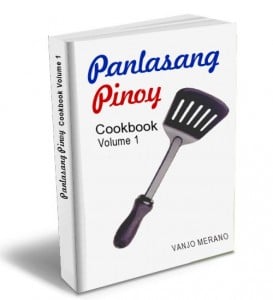From America to Australia, pasta has become a staple food for many cultures around the globe. Even though some eat it several times a week, it is often overcooked with a slippery texture. Traditionally, pasta is supposed to be served al dente or undercooked. Al dente pasta is ideal for making lasagnas, casseroles and other delicious Italian dishes.
Nutrients in Pasta
Pasta is considered a food to be avoided if you want to better your health. However, when made correctly, it can be a fiber-rich, filling food. The main ingredients of pasta are water, flour and salt. When it is made with whole wheat flour instead of all-purpose flour, the fiber can improve and restore your digestive system. Pasta is also cholesterol-free and contains folic acid for cancer and disease prevention.

Apart from its fiber content, whole wheat pasta is a better choice because of the kind of carbohydrates it carries. Unlike white pasta, whole pasta has complex carbohydrates that are effective at regulating blood sugar. These carbs also provide sustained energy to keep you feeling balanced throughout the day.
Fresh Pasta vs. Dried Pasta
One of the factors you have to remember when learning how to cook pasta is the type it belongs to. Pasta is either fresh or dried. Fresh pasta is made of flour and eggs instead of water. It cooks in less time and tends to spoil quickly if not refrigerated. Dried pasta requires flour and water. After it is made, it is dried to eliminate moisture. Dried pasta is what is sold in grocery stores.
How to Cook Pasta the Right Way
Pasta is usually cooked on the stovetop but can be baked in the oven as well.
Step 1:
Fill a pot with water and allow it boil on high heat. Once it boils, sprinkle salt and stir.
Step 2:
Drop your pasta into the pot and cook uncovered until it is tender but still resistant when bitten into. Do the test between the 8 to 11 minutes of boiling.
Step 3:
Drain water immediately when pasta is done. Serve with Italian-style sauces.
How to Cook Pasta in Oven
Pasta is usually baked when recipes require cooked pasta as an ingredient. This is common with casseroles. The advantage of al dente pasta is that it is still hard enough to cook further without becoming too soft.
Step 1:
Follow boiling instructions above and drain.
Step 2:
Add other ingredients or layer the baking dish with al dente pasta. Bake in the temperature as indicated in your recipe.
The key to learning how to make pasta is to taste it while you’re cooking. Since package instructions can be unreliable, cook pasta at 5-minute intervals, tasting to see if it has an al dente bite. Keep in mind that fresh pasta cooks much faster than the dried, store-bought variety. Also, always choose whole wheat over white flour pasta for more nutrients.

Download the Free Panlasang Pinoy eCookbook
The post How to Cook Pasta appeared first on Panlasang Pinoy.